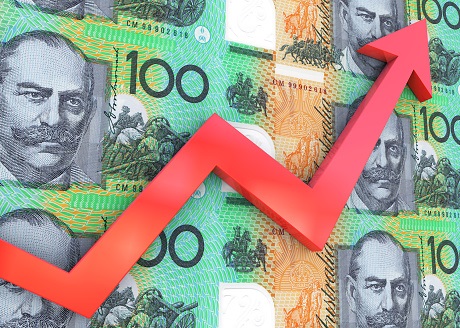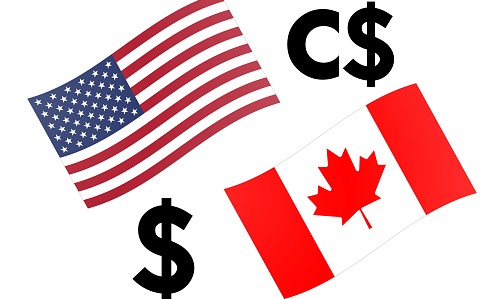The Australian dollar has failed to benefit from another strong inflation print as the Consumer Price Index in Australia increased 1.80 percent in September of 2022 over the previous month, moving the Australian inflation rate to hit its highest in 32 years.
Earlier this month the RBA dialled back its pace of rate hikes. It had been raising rates by 50 basis points in previous months, however, in October the hiked by 25 basis points.
The RBA do expect a higher rate again for Q4. This makes today’s jump in the CPI more likely to trigger the RBA moving back to 50 basis hikes at its next meeting, next week.
Breaking down the data, the annual inflation rate in Australia climbed to 7.3% in Q3 of 2022 from 6.1% in Q2, above market forecasts of 7.0%. This was the highest point since Q2 1990, boosted by higher prices for new dwelling construction, automotive fuel, and food.
Prices of food rose the most since Q4 1983 at 9.0% vs 5.9%. On a quarterly basis, consumer prices went up 1.8%, the same pace as in Q2 which remained the steepest pace since the introduction of the Goods, Services and Tax, compared to consensus of 1.6%, due to further rises in cost of new dwellings, gas, and furniture.
The RBA Trimmed Mean CPI jumped 6.1% YoY, the fastest pace since the series began in 2003, exceeding the midpoint of the RBA’s 2-3% target. Quarter-on-quarter, the index gained 1.8%
Look at the big banks coverage or take on today’s reading ANZ bank still expect a plus 25 basis point hike in in November not a 50-basis point hike from the RVA.
The note that “the RBA will prefer to hike more frequently than shift back to 50bp given the reasoning behind the decision to go 25bp in October”) but lift their RBA cash rate peak to 3.85%.
It’s a busy agenda for the Reserve Bank of Australia next week, kicking off with the Tuesday policy meeting and then a scheduled speech from Governor Phillip Lowe.




